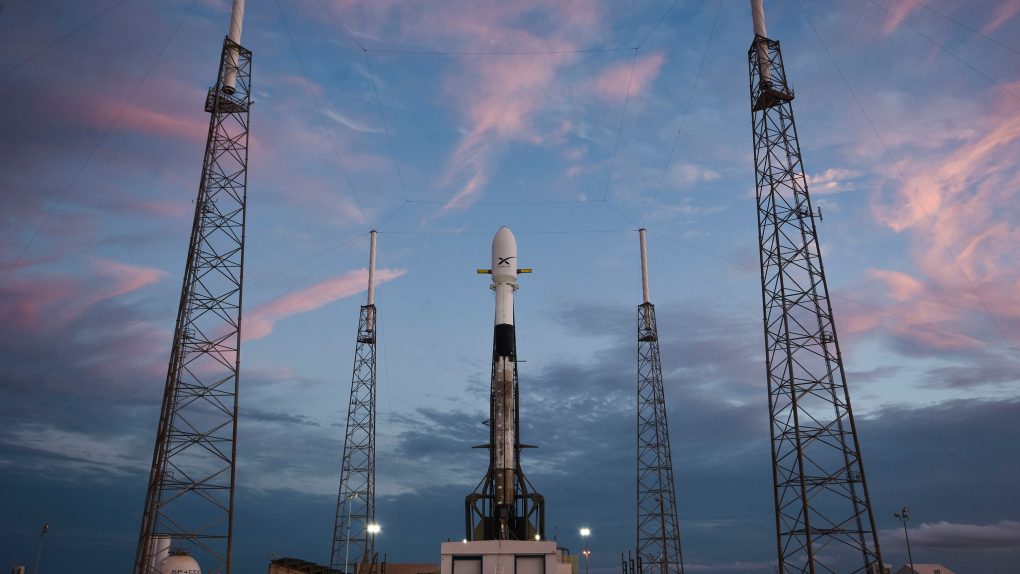- A horde of SpaceX Starlink satellites obscured the view of the comet nicknamed NEOWISE, ruining an otherwise awesome photo of the comet.
- SpaceX has launched hundreds of the satellites already, but plans to have tens of thousands of them in orbit before long.
- The satellites reflect light back to Earth, making it difficult for astronomers using high-powered telescopes or cameras to capture clean images of space.
Astronomers don’t need much to be able to peer into space. A decent telescope can be hard to come by, sure, but other than that all you really need is clear skies. Unfortunately, SpaceX’s Starlink program is making things difficult for scientists to make observations even on the clearest of nights.
Recently, an astrophotographer named Daniel Lopez tried to capture what would have been a fantastic photo of the comet nicknamed NEOWISE which has recently been lighting up the night sky. The image itself is great, except for one thing: SpaceX’s Starlink satellite horde showed up at the worst possible moment.
The photo was a collection of 17 separate long-exposure shots at 30 seconds each. When stitched together, we get a gorgeous glimpse of the comet that recently made a trip around the Sun and headed back past Earth with a blindingly bright tail. Unfortunately, we also see the reflections of countless SpaceX Starlink satellites that happened to be cruising by at the worst possible moment.
This is something we’ve seen before, and astronomers have not been shy about their dislike of the satellites and their habit of blocking the views of telescopes on Earth. SpaceX has said it’s trying to come up with solutions, including painting the satellites with a matte black coating to reduce reflection and even installing shaded “visors” that are supposed to block solar reflection from interfering with observations from the ground.
As you can see, the image is pretty much ruined as a result of the satellites cruising overhead. Due to the long exposure of the shots, the satellites produce long trails that obscure the comet and detract from the photo as a whole.
It’s important to remember that these kinds of things are happening despite SpaceX having a relatively small number of Starlink satellites in orbit. With just hundreds of satellites currently in operation, SpaceX is planning to boost those numbers in a big way. Eventually, the company wants tens of thousands of Starlink satellites orbiting in a grid around the planet.
The network will provide communications capabilities to just about every corner of the globe. It’s an incredibly ambitious plan, but if the company can’t figure out how to mitigate the problems its satellites are already causing, things are only going to get worse as more and more of the devices are deployed into Earth orbit.








